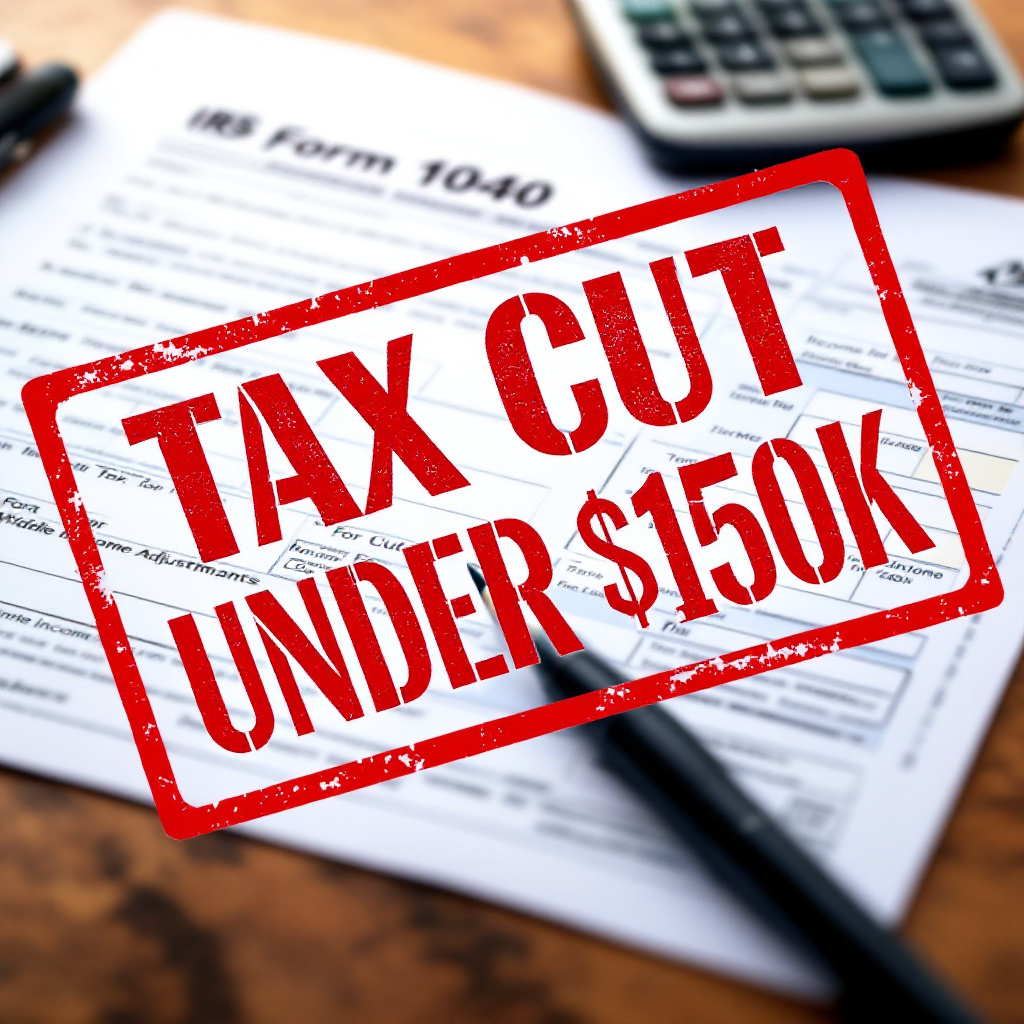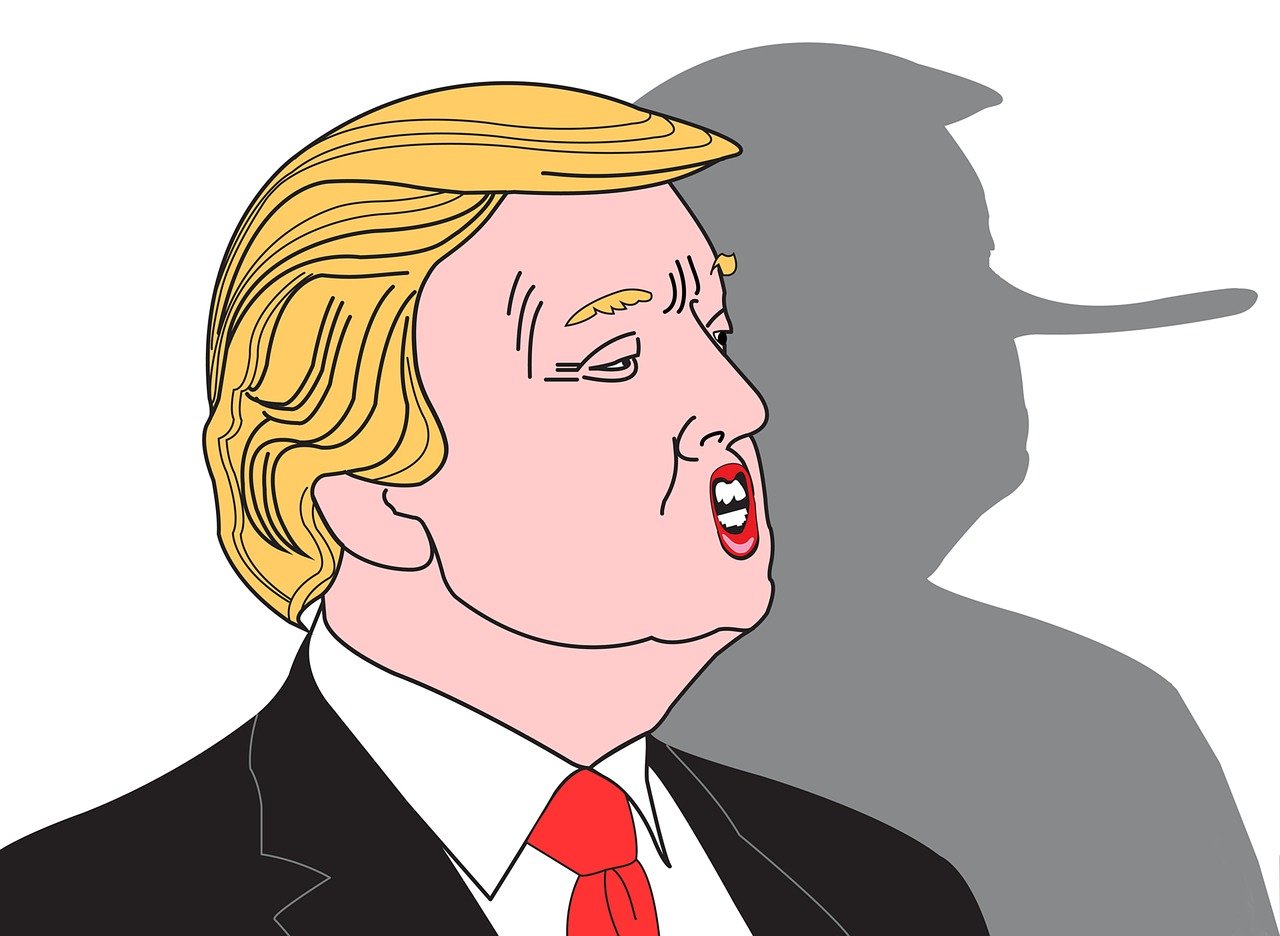President Donald Trump has recently unveiled a tax proposal that could significantly impact American households. This plan includes substantial tax cuts and spending adjustments, aiming to reshape the nation’s economic landscape. Understanding these changes is crucial for taxpayers across various income brackets.

Key Components of Trump’s Tax Proposal
- Income Tax Adjustments: The proposal suggests eliminating federal income taxes for individuals earning less than $150,000 annually. This move is designed to provide relief to middle-income earners, potentially increasing their disposable income. Bankrate
- Corporate Tax Rate Reduction: A further reduction in the corporate tax rate from 21% to 17% is proposed. This aims to stimulate business investments and economic growth by allowing corporations to retain more of their earnings. smartasset.com+7The Guardian+7Penn Wharton Budget Model+7
- Extension of 2017 Tax Cuts: The plan includes making the individual tax cuts from the 2017 Tax Cuts and Jobs Act permanent, which were initially set to expire. This extension seeks to provide continued tax relief to individuals and families. The Guardian+1Tax Foundation+1
- Tariffs and Trade Policies: The administration proposes implementing new tariffs on imports, intended to protect domestic industries and reduce trade deficits. However, these tariffs may lead to increased prices for consumers. Penn Wharton Budget Model+1PBS: Public Broadcasting Service+1
Potential Impacts on American Households
- Middle-Income Earners: Eliminating federal income taxes for those earning under $150,000 could significantly boost disposable income, allowing for increased spending or savings. Bankrate
- Higher-Income Individuals: While the proposal focuses on middle-income relief, higher earners may not see substantial tax reductions. The specifics of how this group will be affected remain unclear.
- Public Services and Programs: The proposed tax cuts may lead to reduced federal revenue, potentially resulting in cuts to public services and programs that many Americans rely on.
- Economic Growth and Employment: Proponents argue that lowering corporate taxes could stimulate economic growth and job creation. However, critics contend that similar past measures have disproportionately benefited wealthy individuals and corporations without substantial benefits to the broader workforce. The Guardian
Critiques and Controversies
Critics of the proposal highlight concerns about increasing the national deficit due to significant tax cuts without corresponding spending reductions. There is also skepticism regarding the effectiveness of corporate tax cuts in promoting equitable economic growth. Additionally, the introduction of new tariffs has raised concerns about potential trade wars and increased consumer prices. AP NewsTax Foundation
Conclusion
President Trump’s latest tax proposal presents a series of significant changes aimed at reforming the tax system and stimulating economic growth. While certain aspects may offer relief to middle-income earners, the broader implications, including potential impacts on public services and the national deficit, warrant careful consideration. As the proposal moves through legislative processes, it is essential for American households to stay informed and assess how these changes may affect their financial situations.






